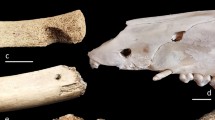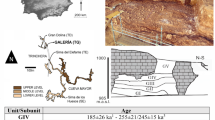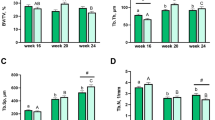Abstract
IN 1899 Giacomo Boni, director of the diggings in the Roman Forum, discovered, in the area of the Comitium, below the Niger Lapis, a layer containing votive bronze statuettes and sherds attributed to the sixth to seventh century B.C., and many fragments of bones, horns and teeth of Sus, Ovis, Taurus, Capra and Canis, obviously remains of a sacrifice1. This layer was enveloping the base of the ‘sacellum’, a monument (including the famous archaic Latin inscription) which Giacomo Boni identified with the “funestum locum in Comitio” (Festus) which, following the Roman tradition, was supposed to be the burial of Romulus, or of his adoptive father Faustulus.
This is a preview of subscription content, access via your institution
Access options
Subscribe to this journal
Receive 51 print issues and online access
$199.00 per year
only $3.90 per issue
Buy this article
- Purchase on SpringerLink
- Instant access to full article PDF
Prices may be subject to local taxes which are calculated during checkout
Similar content being viewed by others
References
Boni, G., “Iscrizione arcaica scoperta nel Foro Romano” (Not. Scavi, Roma, 1899). Savlgnoni, L., “La suppellettile archeologica trovata sotto il Niger Lapis al Foro Romano”, 145 (Not. Scavi, Roma, 1900).
Author information
Authors and Affiliations
Rights and permissions
About this article
Cite this article
BLANC, G., BLANC, A. Bones of a Vulture among the Remains of Animals sacrificed on the “Burial of Romulus” below the Niger lapis in the Roman Forum. Nature 182, 66 (1958). https://doi.org/10.1038/182066a0
Issue date:
DOI: https://doi.org/10.1038/182066a0



